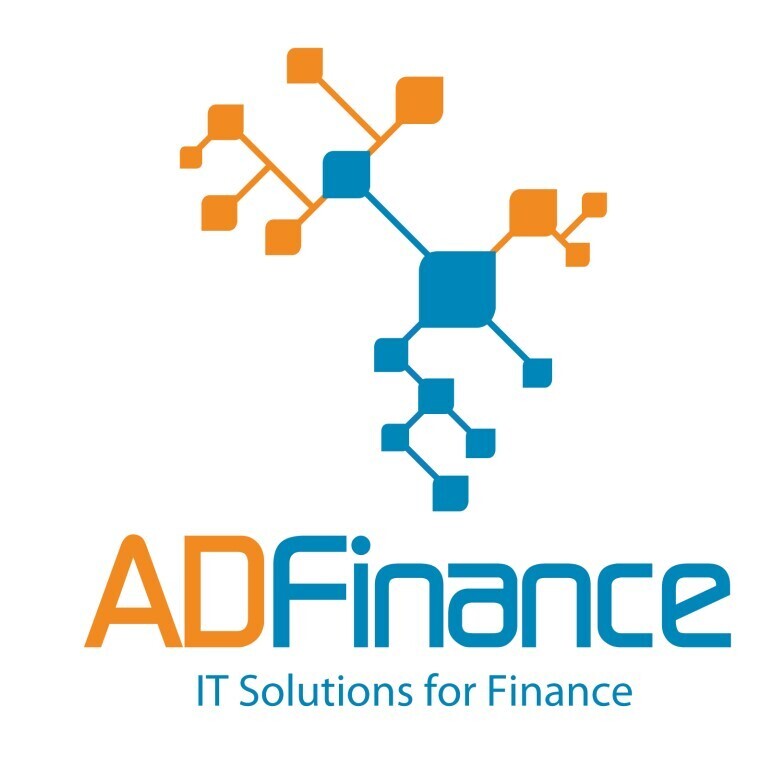The adoption of digital identity solutions is revolutionizing the way financial services are delivered. These solutions, encompassing biometrics, secure authentication methods, and other cutting-edge technologies, play a pivotal role in reducing fraud and expanding access to financial services. In this article, we delve into the significance of digital identity solutions in microfinance and how they are shaping a more secure and inclusive financial landscape.
The Need for Secure Digital Identity
Digital identity solutions have become increasingly vital in a world where financial transactions are rapidly transitioning to the digital sphere. In traditional banking, a physical presence was often required for identity verification. However, in microfinance, where reaching remote and underbanked populations is paramount, this approach was both limiting and expensive. Digital identity solutions offer a game-changing alternative.
Biometrics: The Key to Uniqueness
Biometrics, which involves using unique physical or behavioral characteristics for identification, is a cornerstone of digital identity solutions. Fingerprints, facial recognition, voice recognition, and even iris scans are now commonly used for authentication. These biometric markers are nearly impossible to replicate, significantly reducing the risk of identity theft and fraud.
One of the most significant advantages of biometrics in microfinance is that it enables individuals who lack formal identification documents to access financial services. This is a common challenge in many developing regions, where a significant portion of the population lacks official government-issued IDs. Biometrics bypasses these hurdles, ensuring inclusivity.
Secure Authentication Methods
In addition to biometrics, secure authentication methods like two-factor authentication (2FA) and digital signatures add an extra layer of security to financial transactions. 2FA, for example, requires users to provide two separate forms of identification before gaining access to their accounts. This makes it exponentially more challenging for malicious actors to compromise accounts.
Digital signatures are another valuable tool in ensuring the authenticity of digital documents and transactions. They offer a means to verify the source and integrity of data, assuring all parties involved that the information is trustworthy.
Reducing Fraud and Enhancing Trust
The implementation of digital identity solutions in microfinance goes a long way in reducing fraud, which is a pressing issue in the industry. By incorporating biometrics and secure authentication methods, microfinance institutions can ensure that the individuals accessing their services are who they claim to be. This not only protects institutions from financial losses but also builds trust among customers.
Expanding Access to Financial Services
One of the most compelling aspects of digital identity solutions is their potential to bring financial services to previously unbanked populations. In many regions, individuals lack the necessary documentation to open a traditional bank account, access credit, or save for the future. Digital identity solutions democratize financial access by allowing individuals to create secure digital identities with biometric markers, bypassing the need for official documentation.
This inclusivity has a profound impact on poverty reduction and economic development. It empowers individuals to access loans, savings accounts, and insurance products, which can be life-changing for those living on the margins of society. In addition, it opens doors for small and micro-entrepreneurs, helping them expand their businesses and participate more fully in the formal economy.
Regulatory and Ethical Considerations
While digital identity solutions offer immense promise, they also come with regulatory and ethical considerations. Privacy and data protection are paramount. Individuals’ biometric data must be stored and used securely, with robust safeguards against misuse.
Regulatory authorities play a significant role in establishing standards for digital identity solutions, ensuring that they adhere to best practices and ethical principles. MFIs must comply with these regulations to provide a secure and trustworthy environment for their customers.
Take home
Digital identity solutions are transforming microfinance by making financial services more secure, efficient, and inclusive. Through biometrics and secure authentication methods, microfinance institutions are not only reducing fraud but also expanding access to financial services for those who have traditionally been excluded.
This shift towards digital identities ensures that individuals can access the financial services they need, irrespective of their documentation status, ultimately contributing to poverty alleviation and economic empowerment. As the world becomes increasingly digitized, digital identity solutions in microfinance are poised to play a pivotal role in the financial inclusion of the unbanked and underbanked, creating a more equitable financial landscape.



